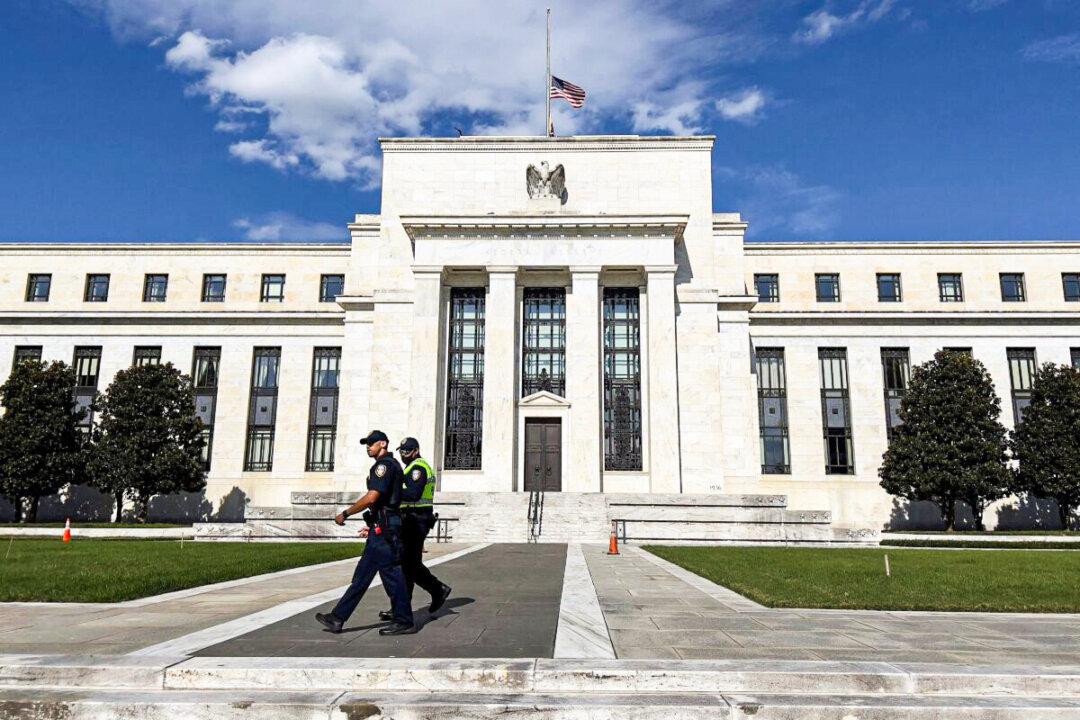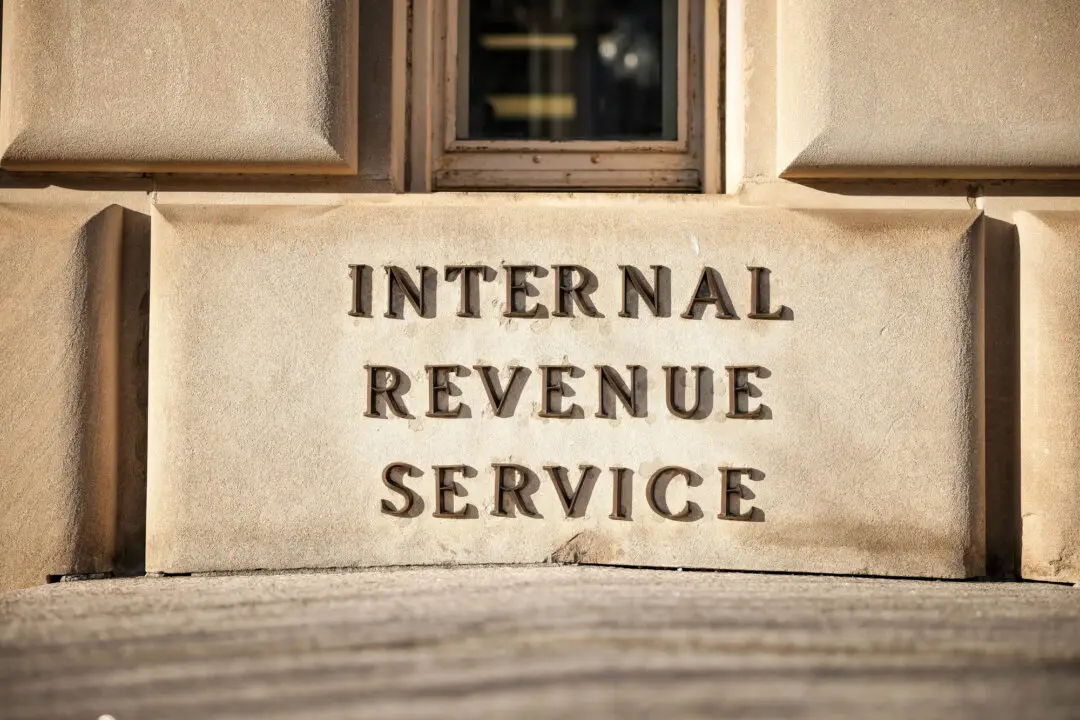With markets roiled by a wave of risk-off sentiment linked to geopolitical tensions in Ukraine, an Omicron surge, and worries around how aggressively the Federal Reserve will move to relieve inflationary pressures, investors are looking to the central bank’s two-day policy meeting for clues around how fast the Fed will tighten its loose monetary settings.
When the Fed wraps up its Jan. 25–26 meeting of the Federal Open Market Committee (FOMC) on Wednesday, investors generally expect an announcement of a March liftoff in interest rates, which the central bank dropped to near zero at the start of the pandemic.





